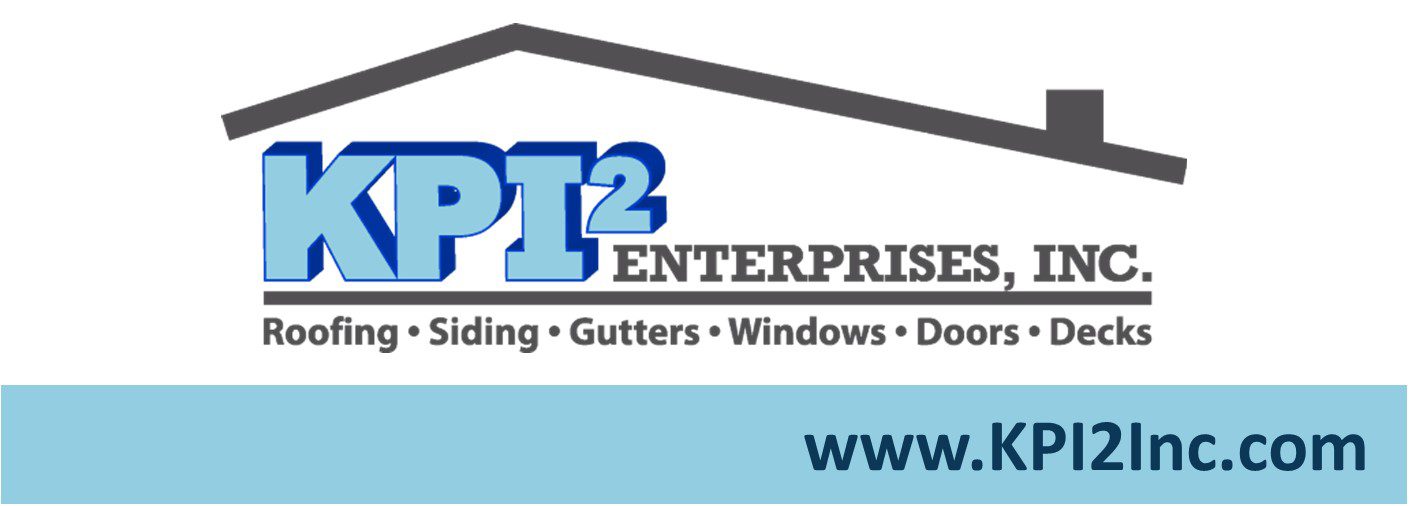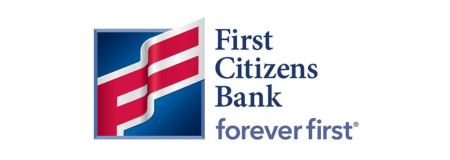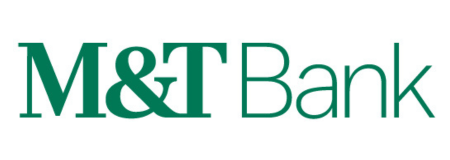COVID-19, BANKS, AND “REMOTE?”… WE’RE THERE ALREADY
Prompted by the discussion last Wednesday morning about being “remote” during the “Spill the Beans” Business Partners Coffee Break, one of the topics of conversation was around how everyone is dealing logistically with working remotely as a result of the COVID-19 pandemic.
It occurred to me that I could share how banks – in general – have prepared over the years for events like this. In fact, I’ll go a bit further and discuss what we have learned beyond our prior readiness efforts as a result of this pandemic – including how I see things applying to the community association industry overall.
Disaster Contingency and Pandemic Readiness has been a major area of focus for banks since the early 2000s. Some of these thoughts will age me here, but my therapist and I are dealing with that separately… Think back to 9/11 and the SARS crises of the time. The banking industry has responded in many ways, and the changes are incredible.
For instance, prior to 9/11, checks were still “cleared” by banks through physical paper exchanges, generally requiring late-night flights and specialized couriers. The thought of industry-wide digital check clearing at the time was out there, but the industry still faced too many self-imposed or logistical challenges. The expenses supporting this business were enormous.
But, when flights were suspended as a result of the events that transpired on and after 9/11, the wake-up call was clearly heard by the industry. Paper-based money movement stopped completely. “Checks”, even if they are still written today, are now cleared in digital form today through electronic exchanges. Thank you, Remote Deposit Capture, and thank you cellphone cameras. A Remote Deposit Capture (RDC) service is basically a mandatory, dare I say commodity offering today by banks. Companies of all shapes and sizes have fully integrated RDC into their daily practices and technology. Can you imagine where our respective businesses would be today without digital check clearing?
But let’s not just rest at marveling about the transformation. The key lesson here is in the ultimate impact this reveals! The events of 9/11 prompted incredible innovation. As a result, banks are so much better off today than we were back then. From a P&L standpoint, I think all of us bankers are kicking ourselves wondering why we didn’t act on digital check clearing sooner! There is no comparing back-office bank expenses related to check processing today to the expenses the industry regularly incurred prior to 9/11. We are all so much better off now.
Here’s another example: I was first issued a laptop computer by a bank I was working for back in 1987. Thankfully back then I was young and strong. Most desktop PCs today are smaller than that laptop was but, hey, it had a padded case with a shoulder strap, so technically I was mobile! From a financial justification perspective, obtaining that laptop required signoff by executive management due to the high cost of the hardware.
Mobile computing back then required a few key features: A good sized hard disk, an integrated floppy disk slot, and a great 1200 baud modem. Points awarded to anyone who can tell me the major modem manufacturer of the time! The hard disk and floppy disks were needed for the proprietary bank software I was selling, and the modem was needed to connect to the phone line to communicate directly into the bank systems. The internet didn’t really exist back then in a commercial sense, and the concept of “the cloud”? Don’t even get me started!
Fast forward to where we are today with laptops, tablets, high speed Wi-Fi, and the internet… On day-1 with the bank I’m with today, a laptop was thrown at me (but it didn’t hurt because it’s the size and weight of a small notebook). Everything we need is in the cloud: VPN for security, Email, bank platforms, video teleconferencing, phone, spreadsheets, databases, and so on. The only thing I was not given was a printer. No printer? That’s because paper is almost entirely gone from what we do on a day-to-day basis. Amazing. If the laptop goes down or dies, I have a replacement overnight and until it arrives the next day, I’m in business on a tablet or a cellphone… Wi-Fi or cellular… I can be in my home office, the bank’s head office, a hotel, or – when the day comes again – a proper coffee shop (between client social visits – that bit is in there for my boss who might read this…).
Bank systems and customer transaction “portals” are now all in the “cloud”. Universal access through commercially available browsers and highly secured communication protocols using the internet is now a common standard. The hardware technology is mainly heavy on communication speed and processing power for rendering digital images of checks, invoices, bank statements, etc. Today, these tools are an essential component of every banker’s seat. The hardware expense justification is a no-brainer. As a fully “remote” employee, I can sit in PA and be fully functional with my team, my systems, my clients – all without a desk in a Manhattan office charging north of $200 per square foot.
We hear repeatedly that these are unprecedented times. I believe the shelter-at-home and social distancing practices we’re dealing with make sense. I further believe as an industry, banking will evolve even faster now than before this crisis.
In the Community Association space, banks support you, your clients, your business partners and homeowners differently today than we did years ago. In the future, our supporting role will evolve even further. But despite what you may at first think is a less prominent role today, we are becoming smarter and more practical in supporting your business and therefore more prominent. Some of us more so than others.
Don’t get me wrong. Many bankers would love to have our clients use our websites each and every day and tout such things as “low platform downtime” and great user interfaces, etc. Yada yadayada. But if that’s where we’re hanging our hats, we’re talking about banking as it was in the year 2010…
The leading banks committed to the Community Association space are all about empowering our systems to deliver and exchange bank transaction and account information seamlessly and electronically to our clients’ back-office and middle office platforms. As bankers, doing business with our clients in this way makes sense from both a client experience and a P&L perspective. From the perspective of our clients, it’s nearly invisible – it just works. Getting this right improves your ability to serve your clients and homeowners quickly and with distinction – and your bottom line as well.
The COVID-19 crisis is certainly the biggest challenge of our time. If history is a lesson, banks will seize the day and innovate further. How will your business evolve to respond? How can your bankers help?
About the Author
Mark Reid is a Managing Director on Sterling National Bank’s Property Management Banking team and is driving Sterling’s national expansion program into Pennsylvania. With a 30 year track record in cash and treasury management, Mark specializes in developing leading edge, integrated transaction banking and reserve deposit optimization strategies for Management Companies and the communities they serve. Mark resides in the Lehigh Valley and can be reached by email at mreid@snb.com. The information conveyed is Mark’s personal opinion and does not constitute an official statement of, by, or for Sterling National Bank.Click here to visit Sterling National Bank on the web.

















